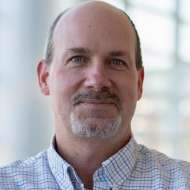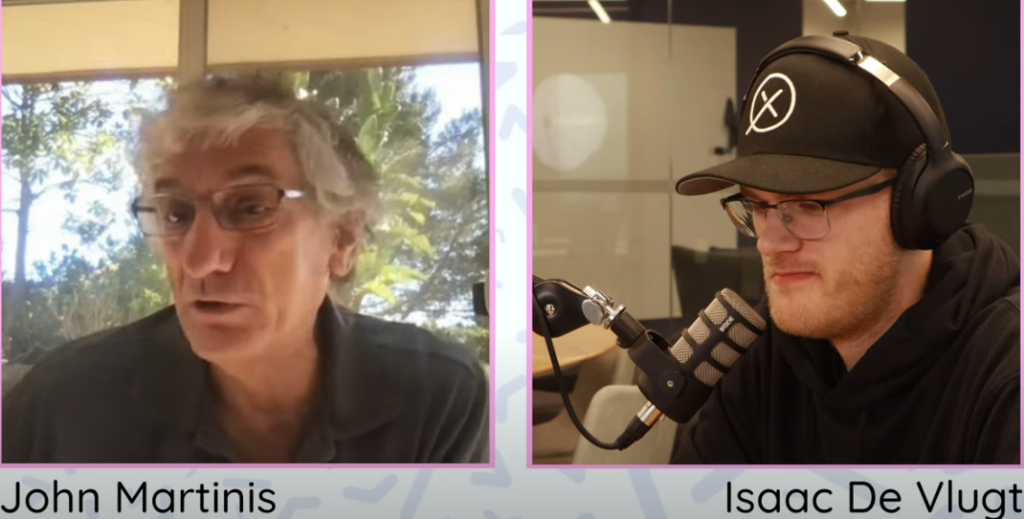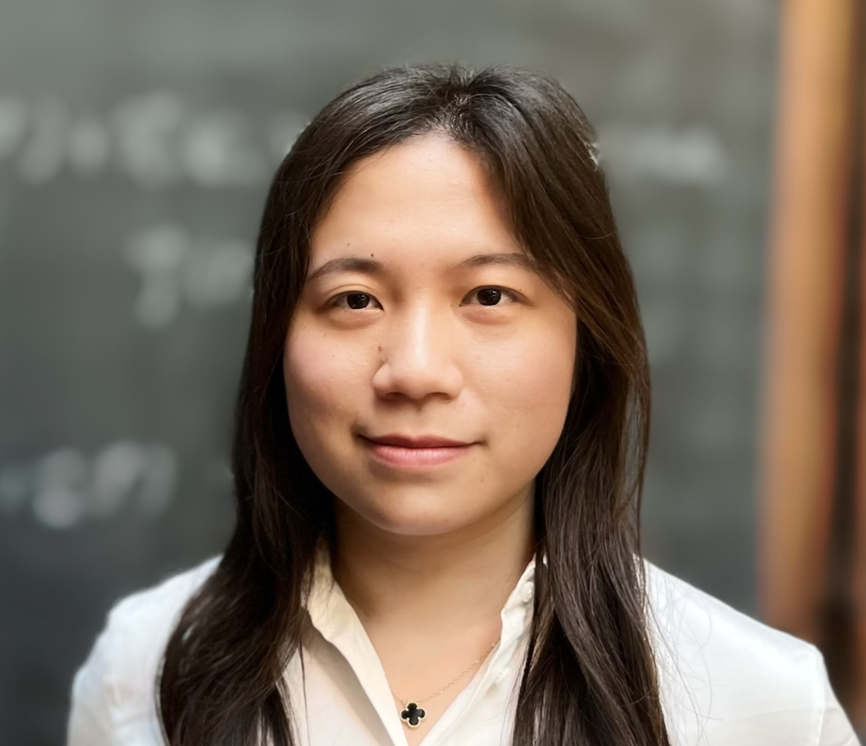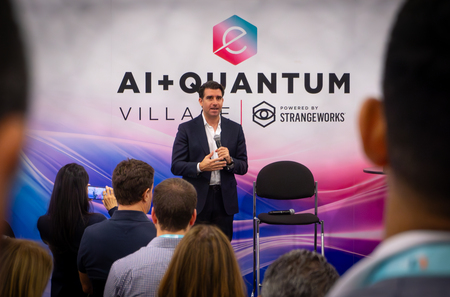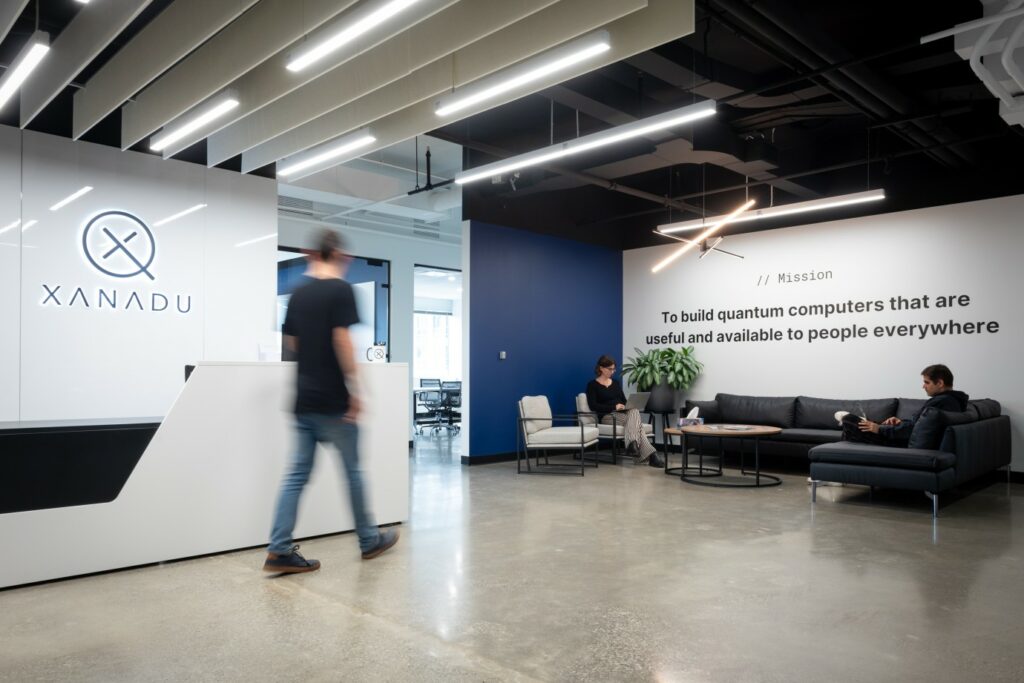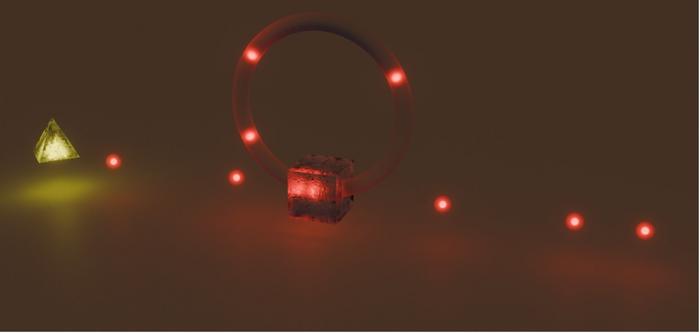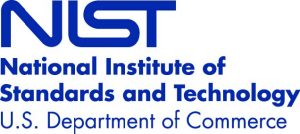
Quantum technology may look like it’s a sudden revolution. However, quantum technology has been a – relatively — gradual, but still a disruptive evolution, according to Carl Williams, deputy director of the National Institute of Standards and Technology’s — or NIST’s — Physical Measurement Laboratory (PML).
Williams said that over the past few decades, NIST researchers and scientists around the globe have made steady progress on developing quantum technologies. Most people, however, have been unaware of this approaching quantum wave.
“We have been manipulating quantum systems for 70 years — we call them atomic clocks,” said Williams. “Josephson voltage systems, which is the technology behind superconducting quantum computing — we’ve been building those since 1990. So, we’ve been playing with this technology for a long time.”
In 1994, in fact, Williams said NIST helped organize a workshop on quantum technologies, including quantum computing and quantum communications.
What makes quantum — and a lot of other technological waves — seem so sudden is vision, or, rather, a lack of vision, to accurately predict their trajectory.
“Everyone talks about revolutionary or disruptive technology, most technologies are not disruptive,” said Williams. “They are evolutionary — it’s just that nobody sees them coming.”

When Will the Quantum Ship Set Sail?
He places quantum technology in that disruptive category – and that companies need to engage early. That might be good for organizations that failed to see this trend coming, Williams added.
He said that the quantum ship may have left the dock – and it may be on its way to the ocean – but it hasn’t fully set sail yet, according to Williams
Historically speaking, Williams pointed out that early adopters of disruptive technologies — organizations that see these waves of change coming — did better in exploiting those technologies.
“I’m a scientist by training, so everything I learned, I learned from people in the tech sector,” said Williams. “One of the VPs of a high-tech company told me is that what is important for a tech company is that they are on the boat when it’s time to leave port.”
Williams sees that companies that are jumping into quantum right now are not investing in the technology because they will immediately gain advantage using it. They are boarding the boat while it’s still in port.
“And what I learned, way back in 2002, is that when that ship leaves port, you have to have a team who understood the technology and understood your business model. You have to have both of those together — technology and business model — to see if this will affect your bottom line.”
“Companies are always analyzing the domain space — to see when that ship leaves port,” said Williams. I think around 2015 to 2017, you could see the quantum ship leaving. Ask why companies like Citibank, or Goldman Sachs, or others have developed quantum teams. Because they can actually go out and do an optimization problem that is financially relevant? I don’t think so. You can go to the meetings and see these companies are showing up. They know this is going to change their business model. And what I learned, way back in 2002, is that when that ship leaves port, you have to have a team who understood the technology and understood your business model. You have to have both of those together — technology and business model — to see if this will affect your bottom line.”
The Quantum Workforce
NIST is playing an important role in developing the quantum ecosystem in the U.S.
Under the National Quantum Initiative (NQI) NIST was asked to set up a consortium, now referred to as the Quantum Economic Development Consortium.
For the quantum ecosystem to be successful, a lot of pieces must come together at the right time and in the right way. Coordinating that will require a highly adaptable supply chain and a highly skilled workforce.
“We need to be able to produce the workforce. And that workforce is going to evolve.”
Williams said that a lot of people misunderstand what the NQI does.
“In 2008, the U.S. formed its first inter-agency working group around quantum,” said Williams. “All the way back then, we realized that a time was going to come within the next decade when things are going to change. And we asked ourselves, ‘what do we need to do when the market starts to pull?’ We need to be able to produce the workforce. And that workforce is going to evolve.”
As perhaps a precursor of what the quantum industry might face, Williams points out that the artificial intelligence (AI) industry went through workforce strains. AI researchers, and sometimes the entire groups of researchers, were hired away from universities, leaving few people doing research work in those institutions.
“You cannot produce a technological sector without the workforce to support it,” Williams said. “What the NQI does is it ensures we have a larger pipeline for that workforce.”
Quantum’s Trillion Dollar Question
The most pressing question among quantum entrepreneurs, academics and enthusiasts is which quantum system will become the industry standard? While there are many who fall in the superconducting camp and others in the ion camp — along with others who support numerous other forms, Williams says it’s very early and technological surprises could reshape the market in sudden and meaningful ways.
He has his own personal opinion on the field — a field which could conceivably have a few winners.
“I don’t know whether the superconducting will end up winning, or the ions,” said Williams. “I think the ions are better for the quantum repeaters because they don’t need to have a refrigerator every 50 kilometers. But, if the cryo-manufacturers can build a 5-watt device that’s small enough for a quantum repeater, superconducting could win that race, too. It’s hard to say when those breakthroughs are going to come.”
If you found this article to be informative, you can explore more current quantum news here, exclusives, interviews, and podcasts.








